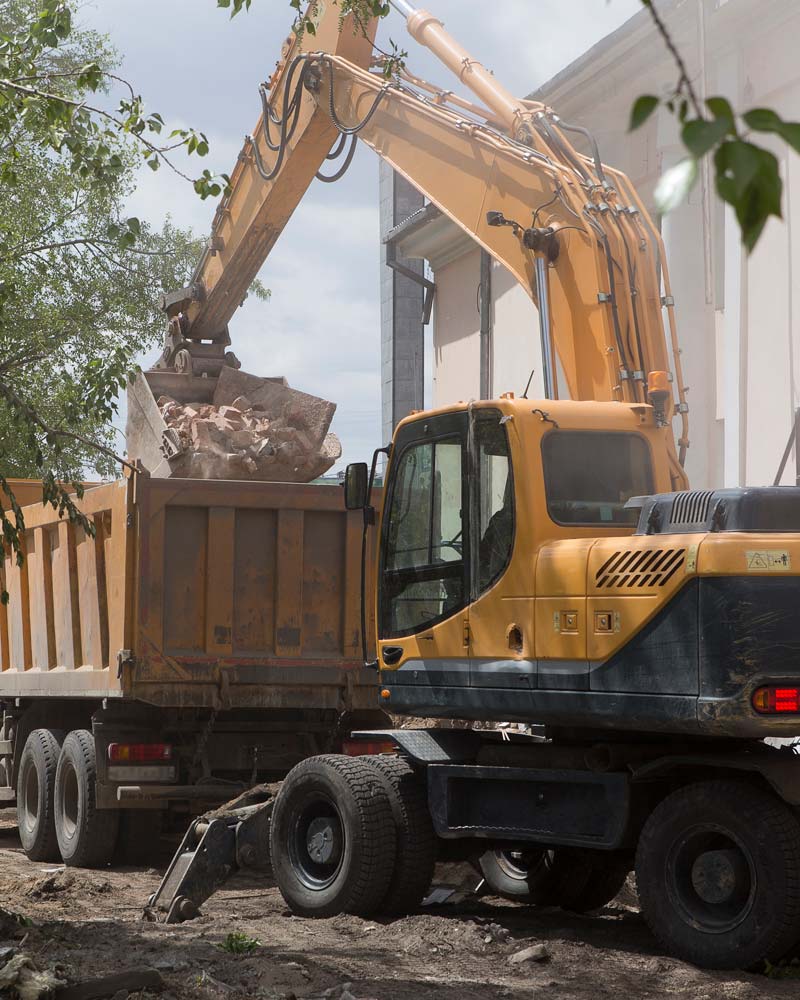Recycling Concrete
IN BRIEF
- Crushed concrete can be used as an aggregate in concrete.
- The hardened cement fraction in concrete can be recycled to raw material for cement production
- Crushed concrete can also be reused as a foundation or backfilling for many applications.
About 200 million tonnes of construction and demolition waste (C&DW) is generated every year in Europe.
Fortunately, at the end of its life cycle, concrete can be recycled thus reducing its environmental impact. The ‘zero landfill’ goal of concrete can be achieved if the structure is carefully conceived and designed, and if the building undergoes successful renovation or demolition. Recovered concrete from C&DW can be crushed and used as aggregate, mainly for road bases and sub-bases, but new concrete can also be made using a percentage of recovered crushed concrete. The hardened cement fraction from recovered concrete provides a good opportunity for recycling into the cement clinker process. For larger amounts, however, more efficient separation and treatment techniques would be required in order to produce a raw material with sufficient purity and homogeneity.
Crushed concrete is mostly used to build roads, streets, yards and parking areas, but can also be utilised as backfilling for pipe excavations, environmental constructions or foundations for buildings.1 For these types of applications, using recycled concrete as the aggregate is particularly useful because it often has better compaction and density properties and is generally cheaper than virgin material.
A regular quality control system has been set up for crushed concrete to detect the presence of any hazardous substances or chemicals that could leach into the environment.
CHALLENGES
In order to better recycle hardened cement fractions from crushed concrete, current separation technology must be significantly be improved. This applies to the separation of the fine fractions of concrete from the hardened cement but equally to the separation of concrete from other building materials.
POLICY RECOMMENDATIONS
- Develop appropriate indicators to measure resource efficiency based on the entire life cycle so that the most environmentally and economically optimum use of recycled C&DW can always be identified.
- Revise local building codes to encourage increased levels of recycled content for different applications. The success of these codes would be linked to effective systems for materials testing and certification.
- Encourage development of building techniques that will allow easy sorting of construction and demolition waste.
1 Source: Sustainable benefits of concrete structures, European Concrete Platform

